“You are here.” I am anticipating telling myself those exact words around 11:30 a.m., in Stockholm, at the Arlanda International airport, with a deep breath and a nice release of tension from an 8 hour flight across the Atlantic. However, to even get to “here,” there are a lot of steps I have to take, and while they should appear to be linear, they often come in clusters flush with anticipation, like fireworks.
I started this journey back in the spring of 2017 while I was still an undergraduate at a small liberal arts college in Santa Fe, New Mexico, USA (known for being one of the oldest collegiate institutions in America). I was researching international universities that had strong programs in philosophy. I have a long held favorable view of the Nordic countries for reasons that should be obvious. So, I looked at schools in Finland, Norway, and Sweden, specifically. As I narrowed down the field of universities I wanted to attend, Uppsala always stuck out. I decided to apply and hope for the best.
One of the great things about UU, and the Swedish higher education system in general, is how easy it is to apply to their universities. I was pleasantly surprised with the central application system University Admissions. From that website, a prospective student can apply to all of the public universities and colleges, I believe, in Sweden. But further, beyond a few logistical hoops, relative to the American system, the application process was not cumbersome at all. The website makes the process of selecting school, program, uploading documents, and
making necessary information (like which documents are needed, how to send transcripts, links to department requirements) streamlined by hosting all the information in an easy to process format.
So, I filled out a very basic application, sent my transcripts, uploaded important documents (like my passport), and wrote a very concise essay on why I wanted to study philosophy at Uppsala University. There is an application window for applying to schools in Sweden, and international students are encouraged to apply in the first round. This has to do with ensuring enough time is given to process student visa applications, which can be a lengthy process. Pressing on, I made sure I crossed all my T’s and dotted all my I’s, submitted my application in winter of 2018, and patiently waited for a response.
In May I got an email saying that UU had accepted my application, and granted me admission into the philosophy program. I was absolutely elated. The dahlia ignited! Along with my acceptance email came a whole new batch of fireworks, though. Which conveniently put, listed all the necessary immigration, financial, housing, and even cultural, expectations.
This point in the journey becomes a little more arduous, where the Swedish application system for universities has a more streamlined ease, the leg work of applying really starts at this point.
I have never applied for a visa, so Sweden is my first, and even though this process was a little more chaotic, it still felt very much situated. The immigration website was very helpful, clear, and has great user friendliness. I applied for the student visa, which cost about $100 USD. However, applying for the visa requires much more information. I needed to demonstrate that I could support myself financially while in Sweden, I had to list why I was interested in coming to Sweden, and give a few more details about my background. Once I sent that application off I expected not to hear back for a about month.
While I waited to hear back from Swedish immigration, I kept working on my application. The next leviathan was housing, lol. Which in terms of process, again I am quite amazed at how efficient Swedish processes are, was fairly straightforward and easy. I was sent an application from the great and ever helpful International Master Program staff (Cecilia, Lina and Jorja). The only real difficulty was deciding where I wanted to live. I settled on Klostergatan 16 mainly because they offer a pillow and comforter along with the room — more on that later!
After I applied for housing, I quickly received notification of my immigration results. Another firework was successfully launched and enjoyed! At this point, I feel comfortable buying my plane ticket and deciding a date of departure. The school offers a few dates wherein they have transport from Arlanda to Uppsala from early morning until the late evening. So knowing that, I selected a date to take advantage of the transportation. It also feels nice knowing that when I come into the country there will be a host of nice people waiting to greet me and help make my transition a bit less stressful.
In the meantime, the turnaround on my housing application felt really slow. I believe Midsommar was happening and from what I’ve learned that is a pretty significant celebration period in Sweden. But I finally received notice of my housing offer and I was given my choice of Klostergatan 16! That was great news because it means I will have to pack less things for my trip! Finale!
All things considered, this whole process has taken about 6 months to complete. Which compared to applying to my undergrad feels a bit long. However, I had a few added steps in applying to an international program so the length makes sense. Also, the organization of the application process, I cannot stress it enough, is amazing. Even ancillary things like language courses, or videos about the school, this blog, are all very conveniently spaced to each other. One doesn’t have to go on an internet expedition to find useful information, it is all pretty close by.
Another noteworthy feature of this process worth stating, is the approachability of pretty much everyone involved. I keep hearing Swedes have this “shyness” to them, but that so-far has not been my experience. Nearly everyone I’ve talked to an encountered has been helpful beyond expectations. For a university of this size, I haven’t felt like a number, or another face in the crowd. People seem to speak very candidly and will respond to my questions. I was able to reach out to people in my department and even talk to a few students in my program. I feel very welcomed and engaged with, I appreciate that.
Other helpful things to know: There is an international student group on Facebook that is officially sanctioned by the University. Uppsala University’s youtube channel that has some good videos. The immigration website has links to a pretty comprehensive Swedish language course that is user friendly.
I also took it upon myself to try to engage with more Swedish culture and peoples. I joined a semi-famous Swedish guitar players discord server and youtube channel, Ola Englund. There are people from all over the world on his discord, but there are heaps of Swedes, and again they were all pretty candid about being Swedish, answering questions, and generally being pretty welcoming. Even for a bunch of hardened-exterior-Swedish-metal-folks, they seemed pretty nice, haha.
I’m looking forward to it!







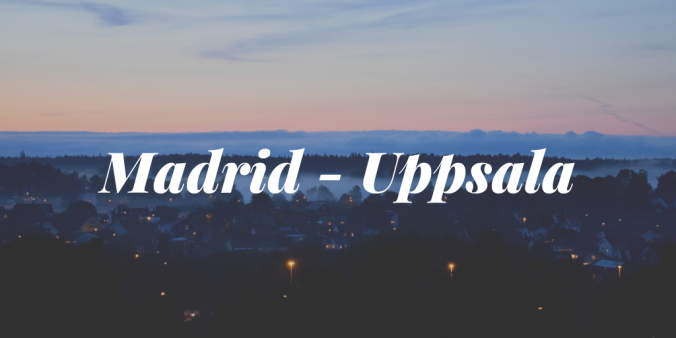





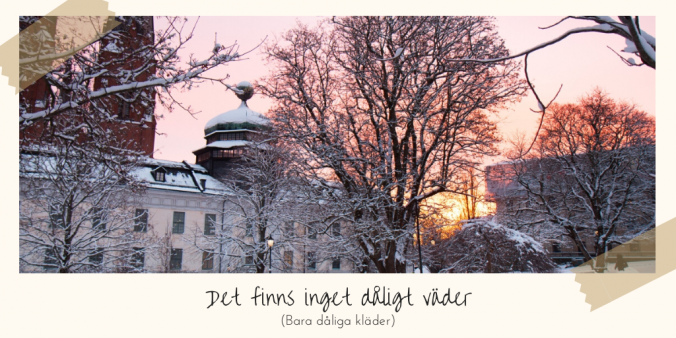
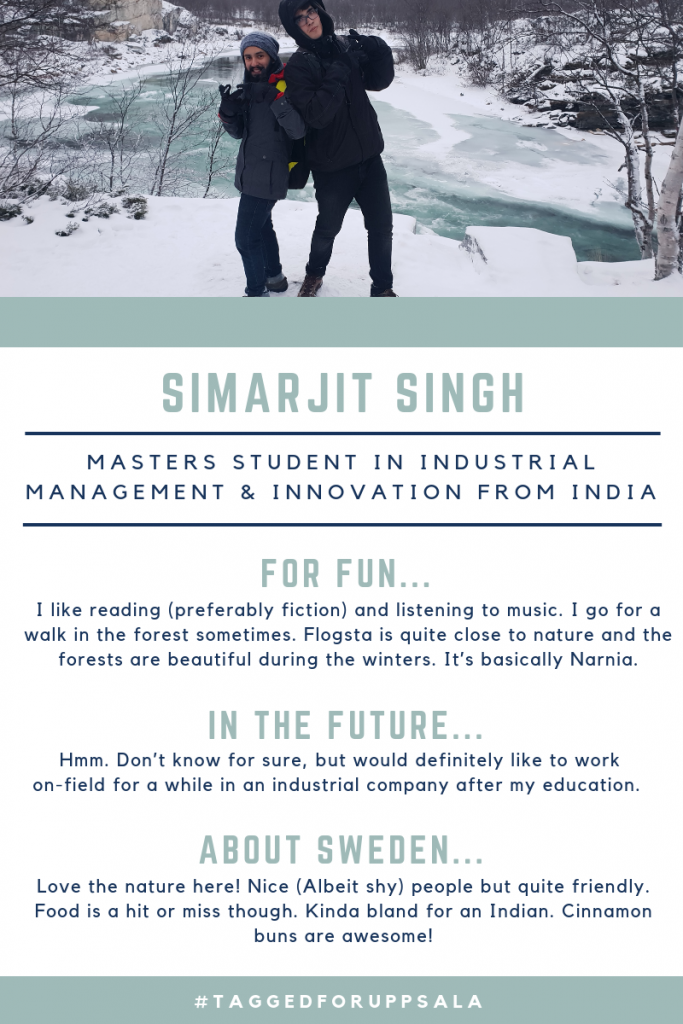







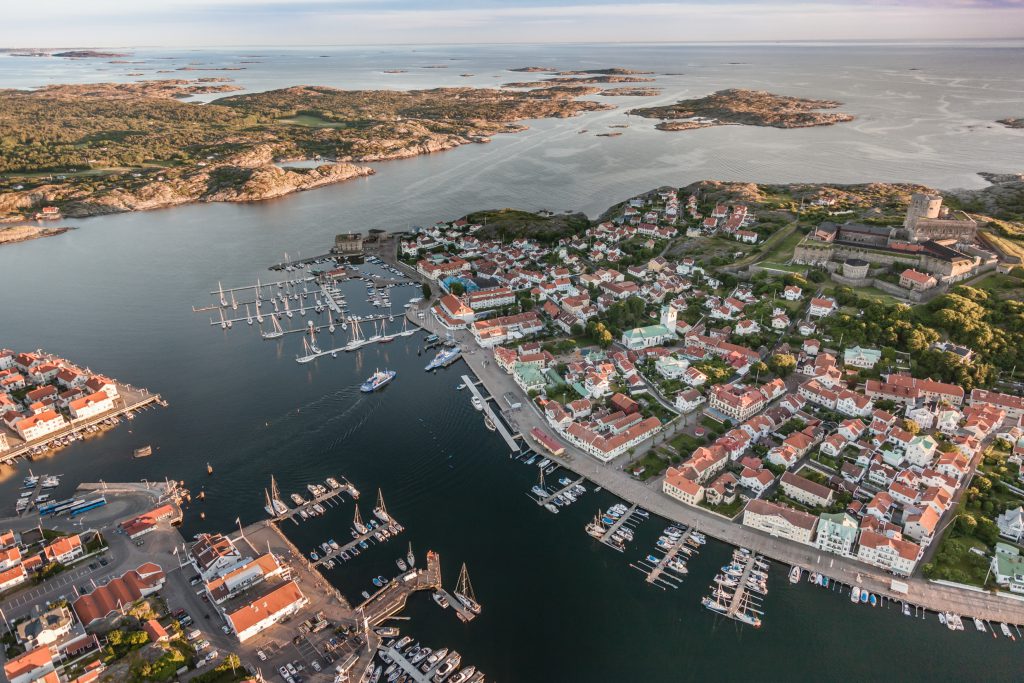









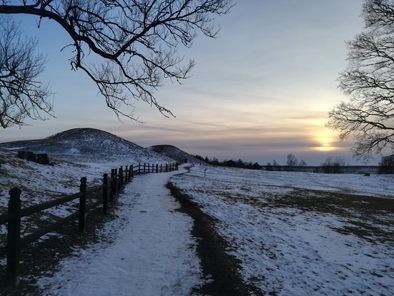





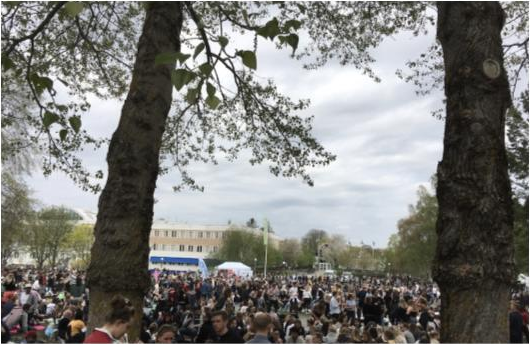
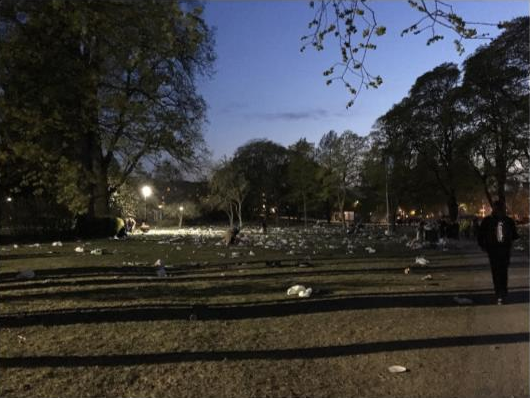

Recent Comments